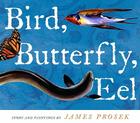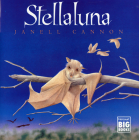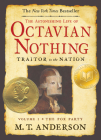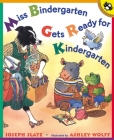Children's birthdays tend to spread across many days, so a birthday like Isabel's can be celebrated with a party last weekend, then I suspect there was some merriment on the day itself (yesterday), and with luck (and a reliable postal system), my box of books should have gotten there today.
 One of the books in that box just arrived at the store this week. Early fall is a fun time in the book biz, because publishers are sending out lots of good offerings for holiday shopping. So almost every day I get boxes with new books that cheer me up.
One of the books in that box just arrived at the store this week. Early fall is a fun time in the book biz, because publishers are sending out lots of good offerings for holiday shopping. So almost every day I get boxes with new books that cheer me up. Starry River of the Sky, by Grace Lin, appeared a week early, in time to catch the mail train to your family in Brooklyn. It's a companion book to the wonderful Where the Mountain Meets the Moon, which we've both written about. That one's the story of a girl who has run away from home and is on a quest to ask the Old Man of the Moon to change her beloved parents' fate. The new book is about Rendi, a boy who has run away from home in anger. He ends up stuck in one place: the Village of Clear Sky, a barren flat spot where a mountain once stood. Both the mountain and the moon are missing at the start of the tale. Once again, Lin weaves together the main plot and stories told by the characters -- in this case, people who live, work, and dine at the village inn. A mysterious woman appears and starts telling stories, then others chime in. Mysteries of the moon's disappearance and of Rendi's origin are ultimately solved. Themes and characters from the first book are here, but anger and forgiveness are central to this one. It's lovely, and has its odd enchanting moments too. A toad who appears from a well becomes the pet of the elderly Mr. Shan, who dangles bright objects in front of it as though it were a cat. Whether the animal is really a toad, or maybe a rabbit, is a question the reader gets to contemplate.
It's been a while since I read Where the Mountain Meets the Moon, but the new book feels a little heavier-handed. The author underlines the steps in Rendi's emotional growth more than is necessary. But it's still a beautiful book, full of good story-telling and moral depth. I can't wait to hear what you guys think of it.
Love,
Deborah
















